Maximising EV Range
Electric vehicles are becoming increasingly popular due to their efficiency and reduced impact on the environment. However, one of the most common concerns electric car buyers have is range anxiety.
Range anxiety refers to the fear of running out of power before reaching the desired destination. Fear not, as we have created this guide to help you maximise your EV's range and minimise your range anxiety.
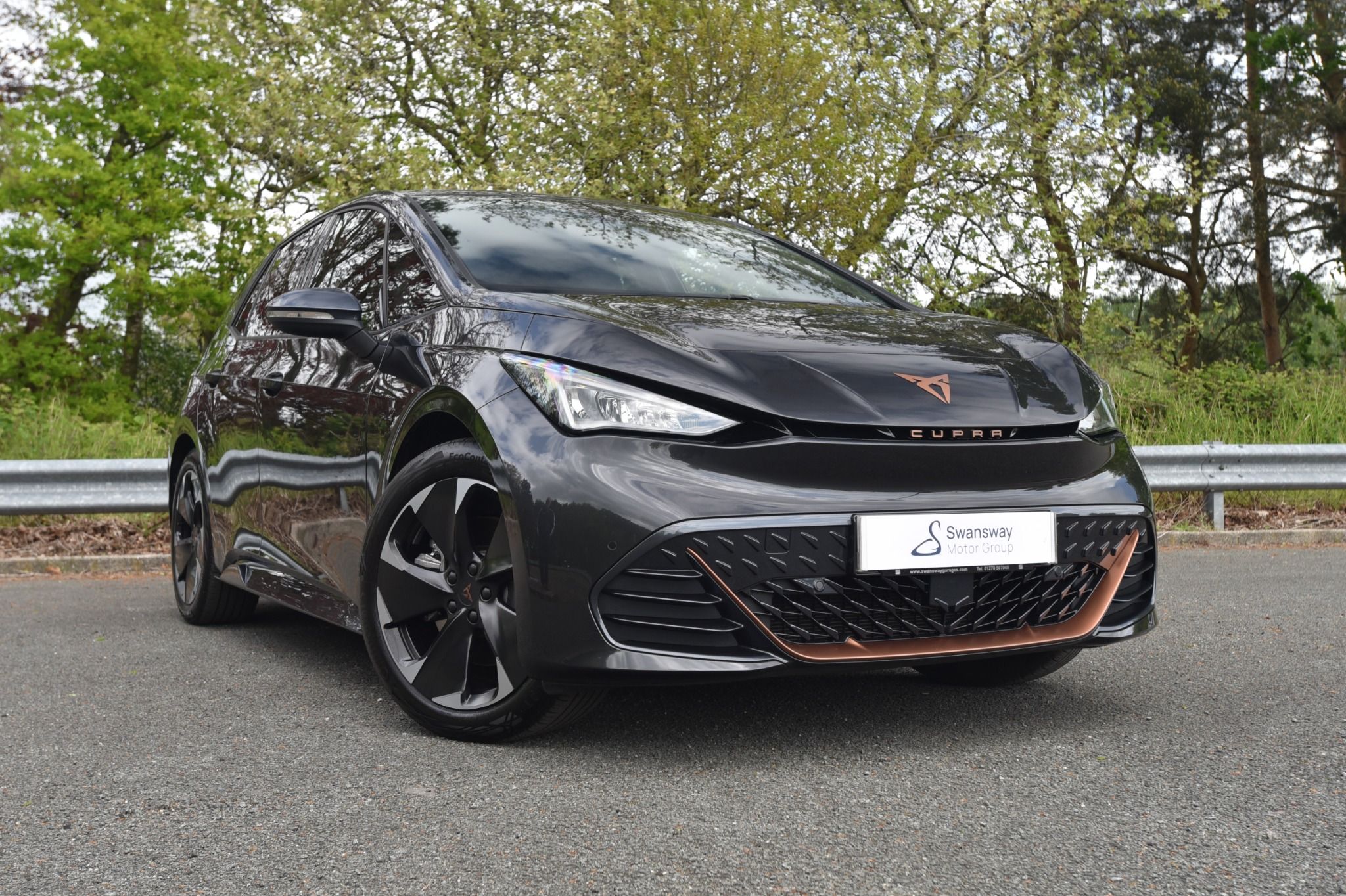
Regenerative Braking
Regenerative braking is one of the most useful features that EVs have. It recovers energy from the car's motion and helps recharge the battery, which ultimately maximises the range. When the driver brakes, the car’s regenerative systems generate electricity from the kinetic energy that is otherwise lost.
Therefore, it is always wise to anticipate stops and to slow down gradually rather than slamming on the brakes. Regenerative braking systems vary in the degree of control they give the driver over how much each press of the brake pedal engages the system.
Reducing Speed
Another factor that can impact an EV's range is high-speed driving. The faster you drive, the quicker the battery will run out, it’s the same with petrol and diesel . Hence, reducing your speed by just 5 miles per hour can have a significant impact on your range.
Moreover, a smooth and steady driving style is better for range, compared to aggressive driving behaviour like sudden accelerations or rapid braking. It has been seen that maintaining consistent and moderate speeds can maximise your EV’s range, so slow and steady may help you to go the extra mile.
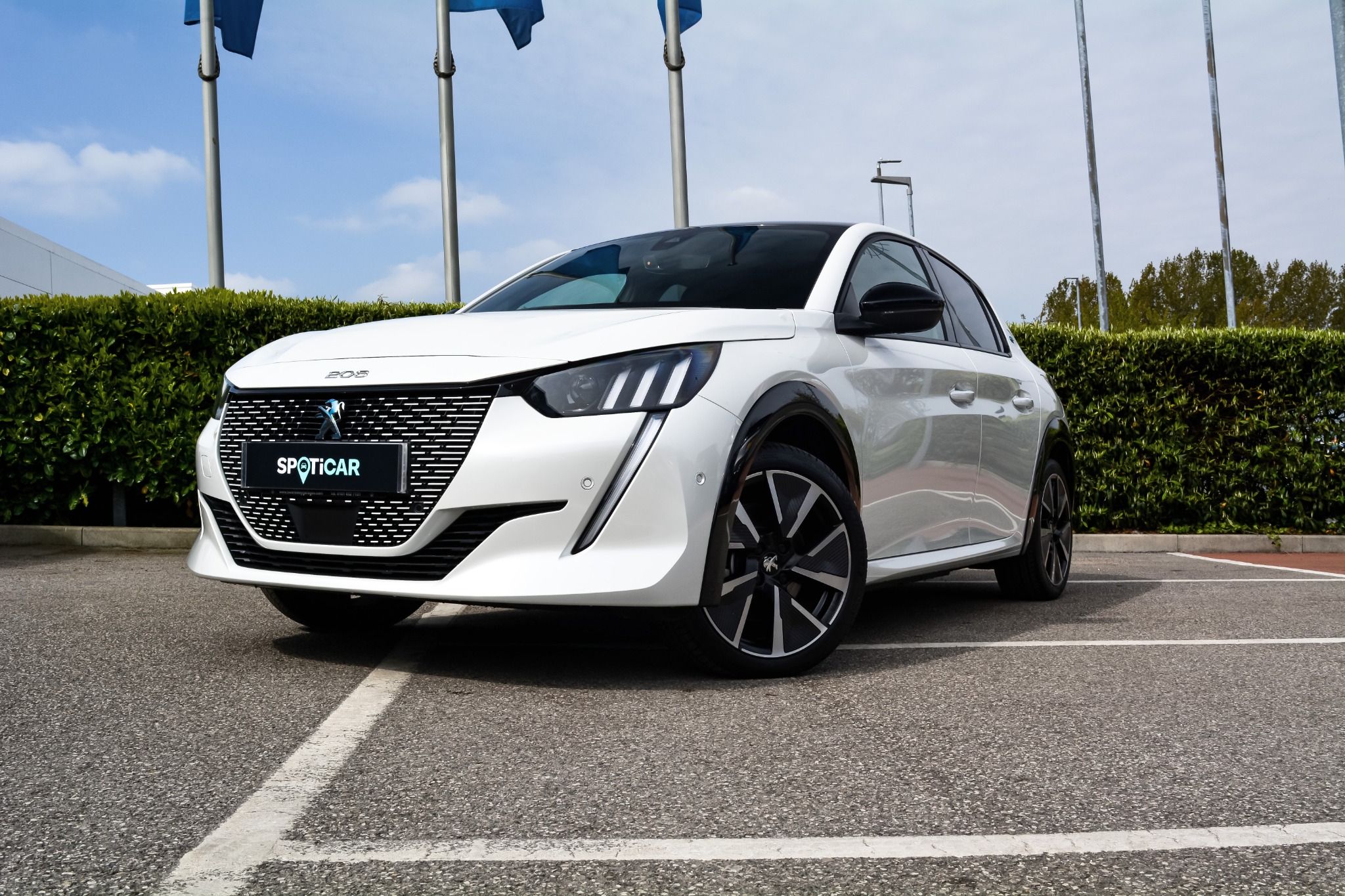
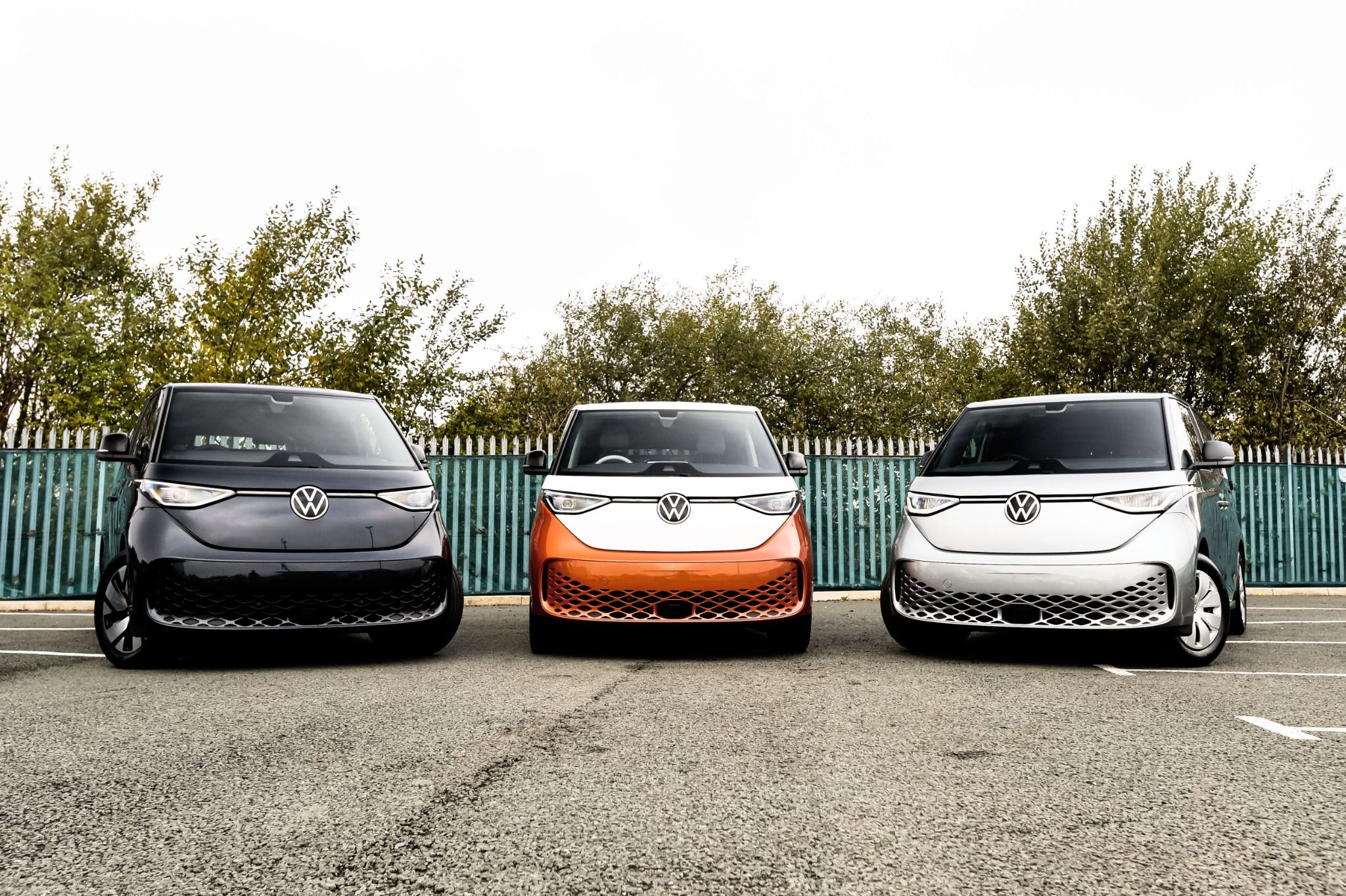
Using Heat Pumps Instead of Resistive Heating
As the temperature outside gets colder, your electric vehicle’s range may decrease due to the increased use of the car's heating system. Instead of using the resistive heating system, which drains the battery quickly, you could opt for a heat pump.
A heat pump works by transferring the heat from the air outside to the interior of the car using a refrigeration cycle, and this can be up to three or four times more efficient than a resistive heating system. Additionally, preheating your EV whilst still connected to the charging point can keep it warm before you hit the road.
Remove Unnecessary Luggage
Every ounce of additional weight increases the amount of energy the car needs to move. Therefore, packing light and removing unnecessary items from the car can improve your EV's range.
A study suggests that carrying 100 kilos of extra weight can reduce your EV’s range by up to 10 miles. Hence if you don't need to carry that extra case, leave it at home, and you could get some extra miles out of your EV.
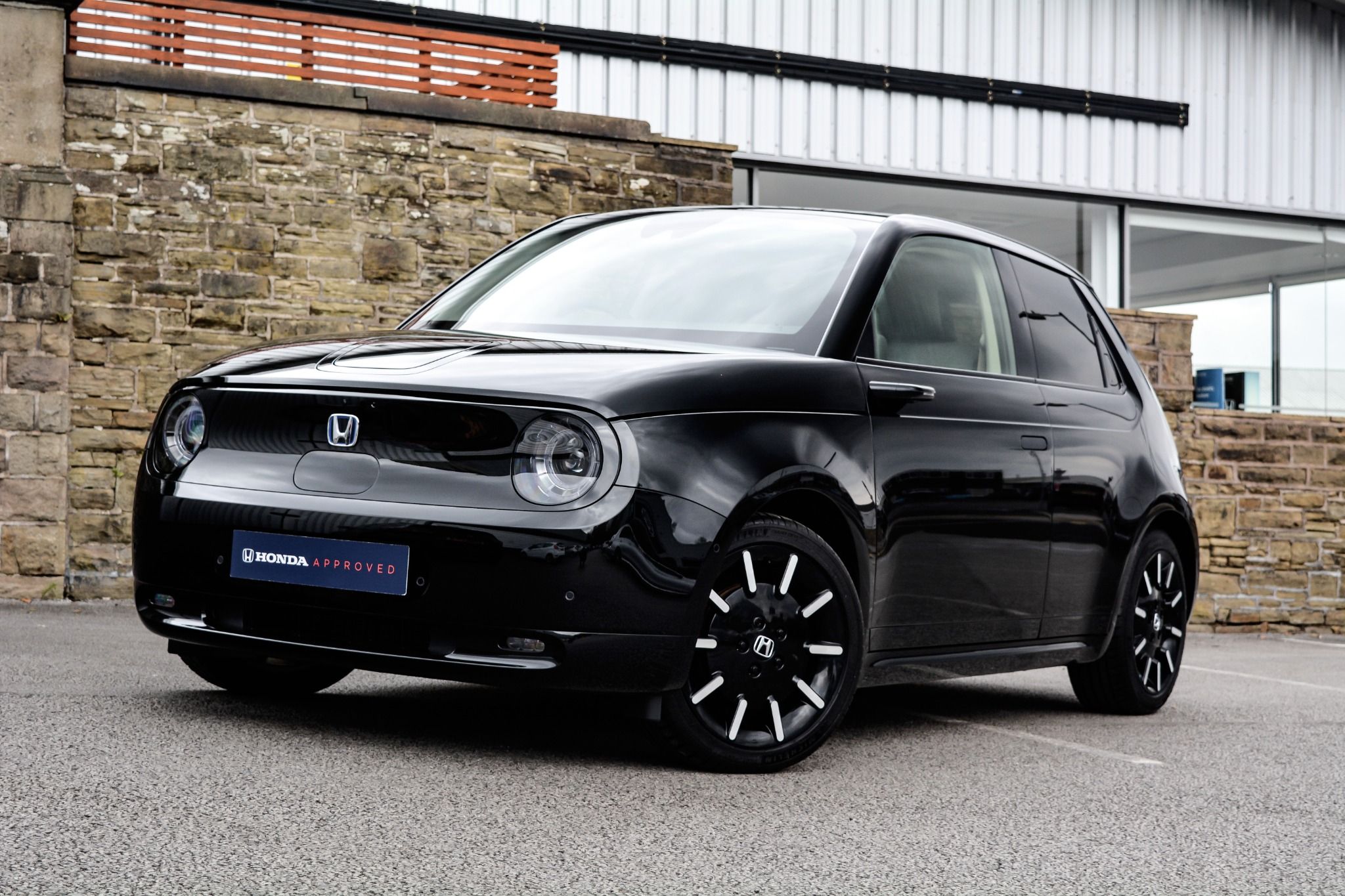
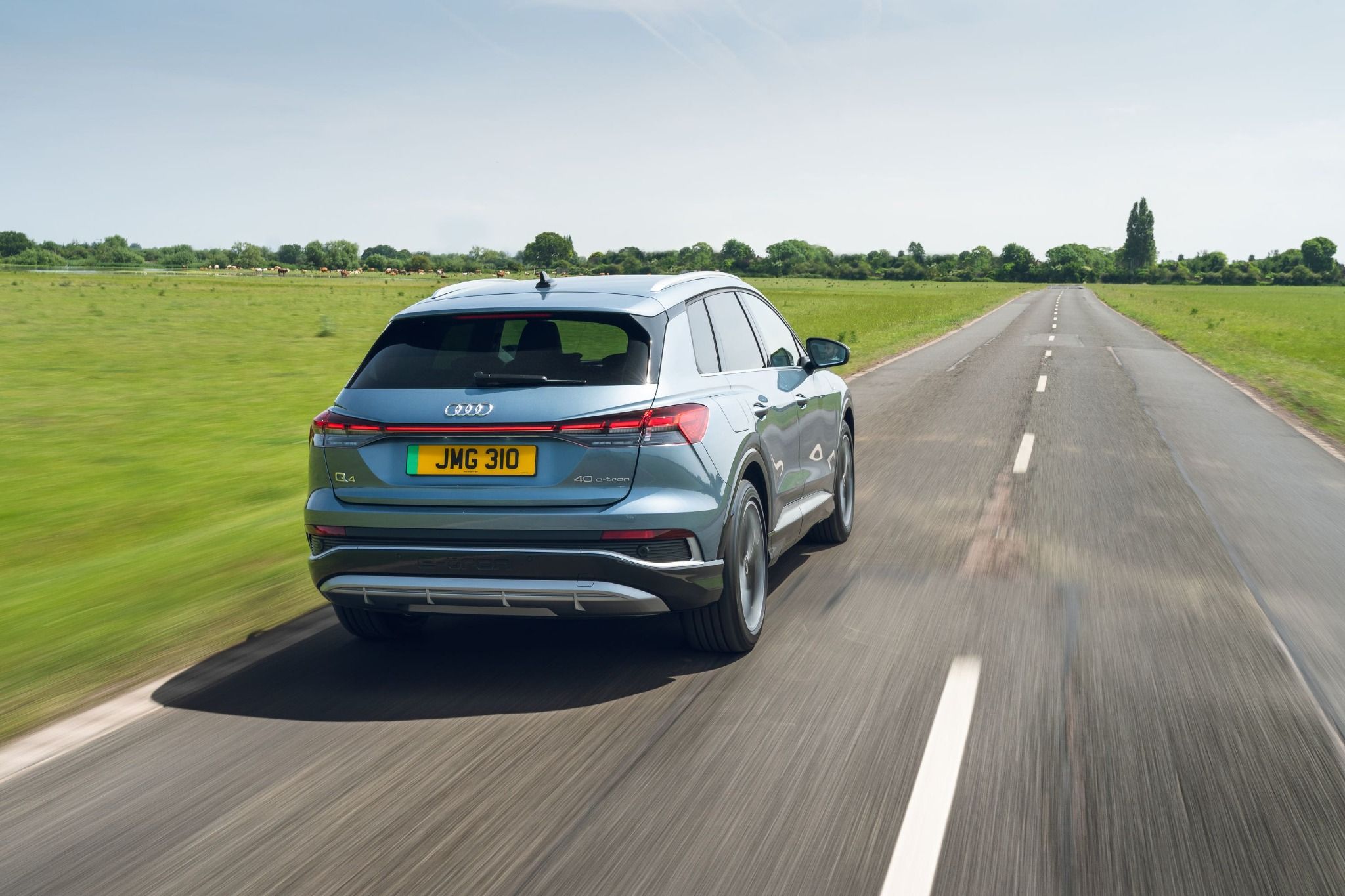
Avoid Heavy Acceleration
Rapid acceleration is one of the quickest ways to drain your EV's battery. Quick acceleration uses more energy than moving slowly to the same speed. Maintaining a consistent speed is preferable and can help maximise your EV’s battery life.
Therefore, try to drive defensively and avoid sudden acceleration and heavy braking, which will maintain your EV's battery life and keep your range consistent.
In summary, using regenerative braking effectively, reducing your speed, using heat pumps instead of resistive heating, packing light, and avoiding heavy acceleration are all excellent ways to maximise your EV's range. Keep them in mind on your next trip, and you'll be able to drive further on a single charge with less range anxiety. We hope you found these tips helpful to improve your EV driving experience, giving a little peace of mind whilst out on the road.